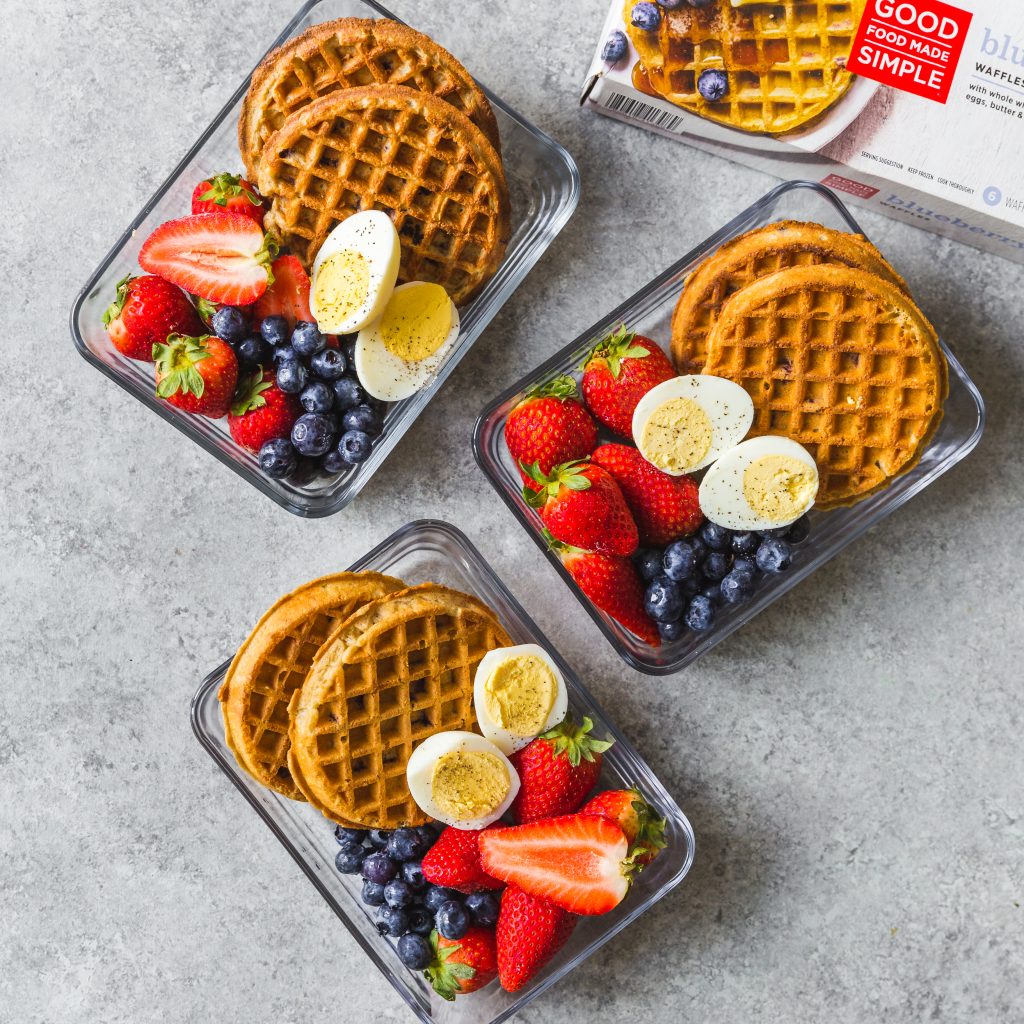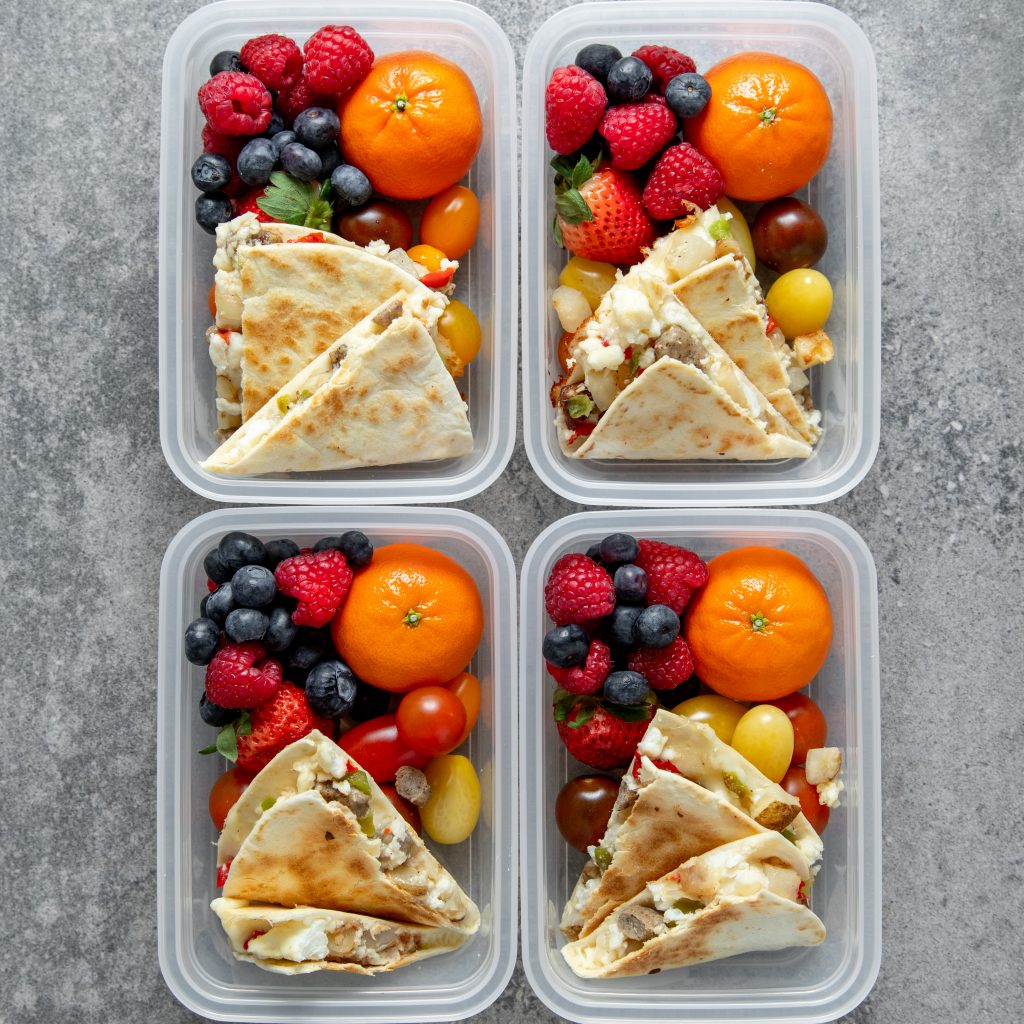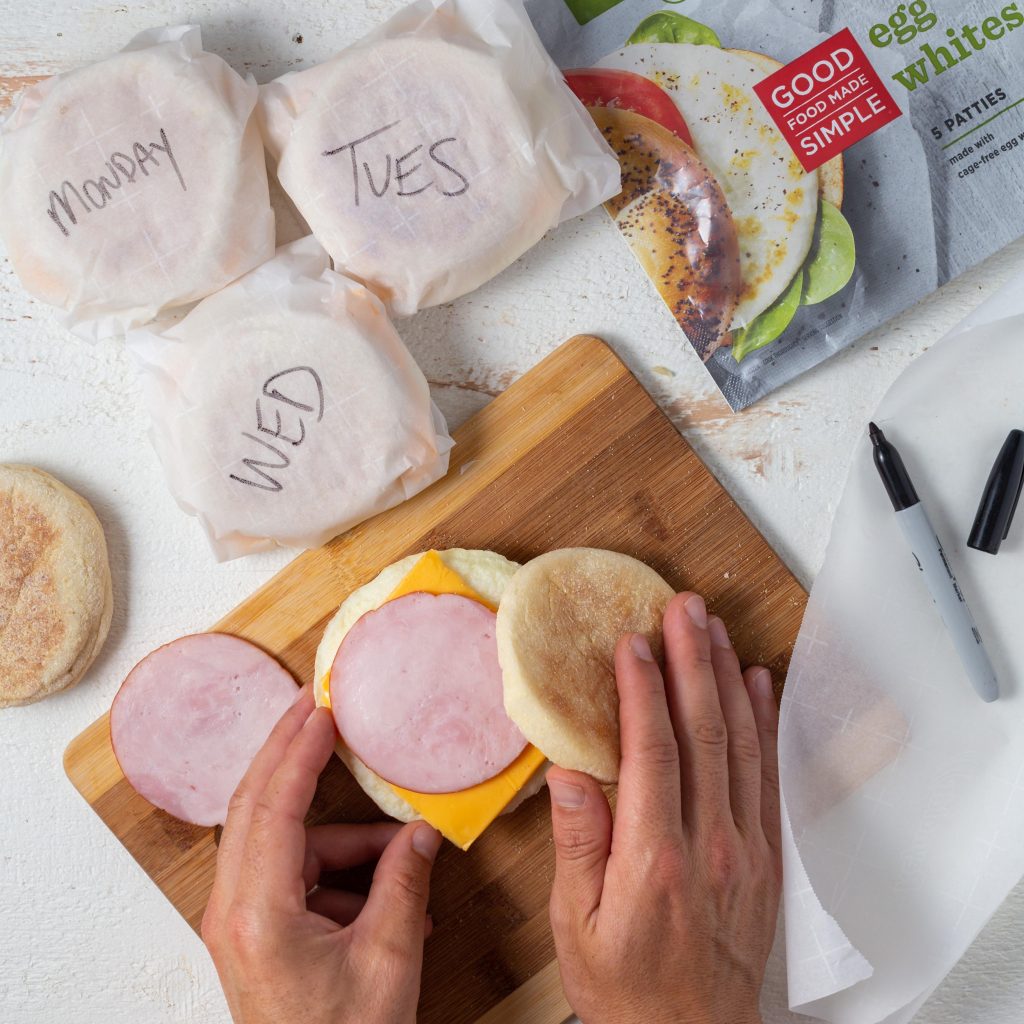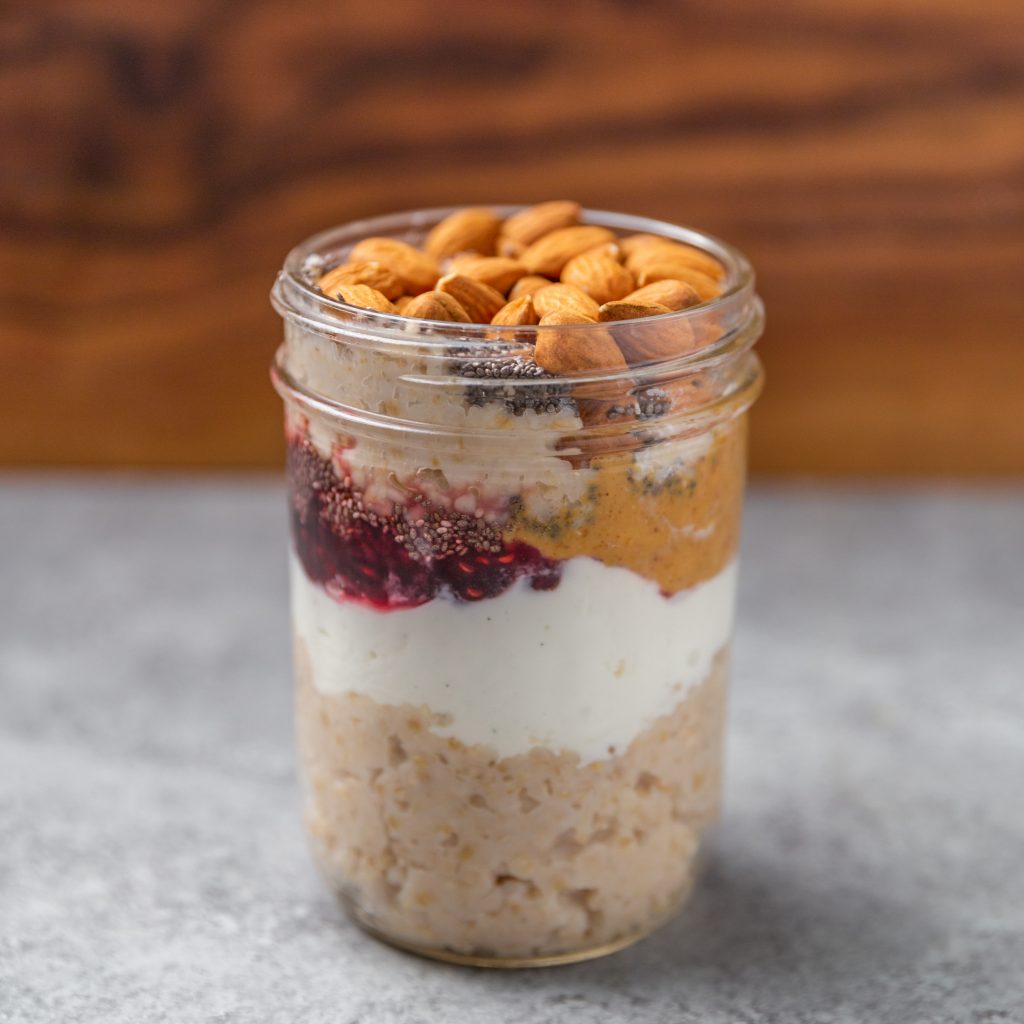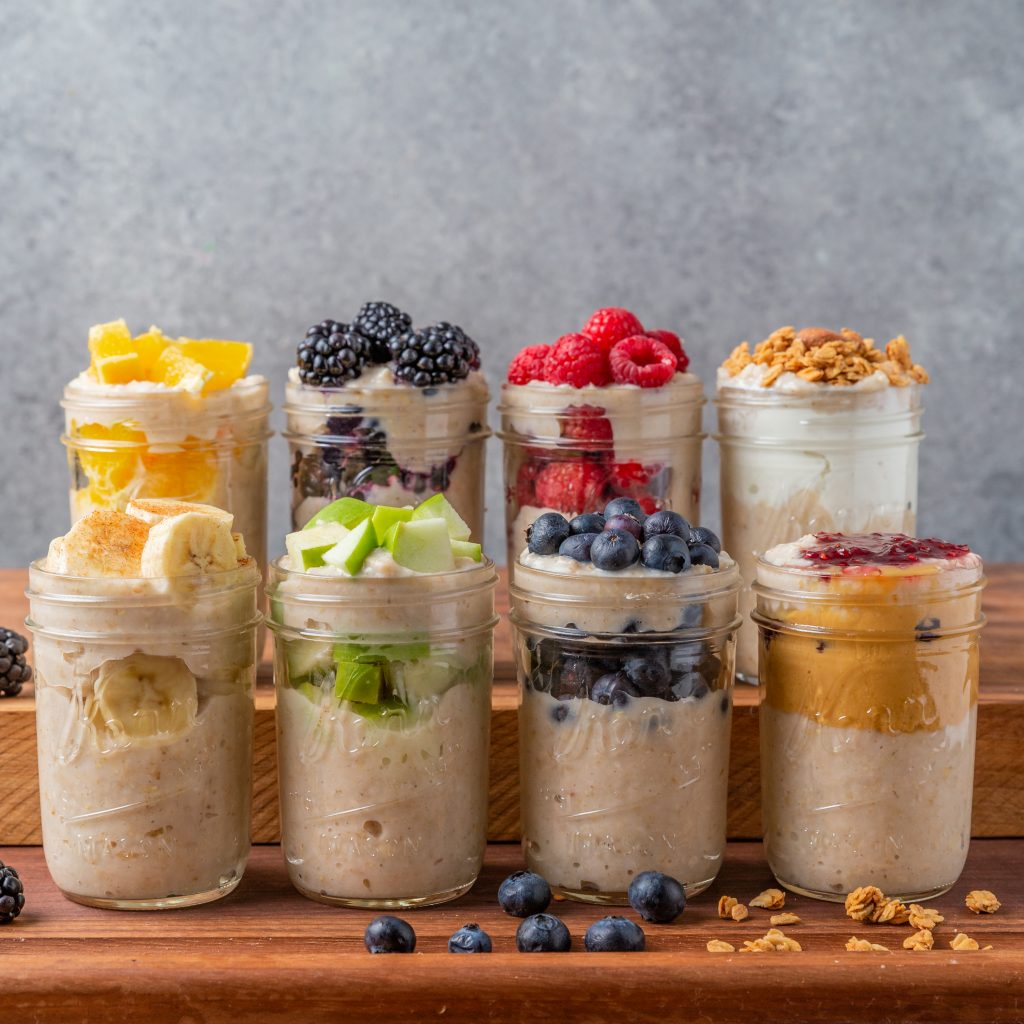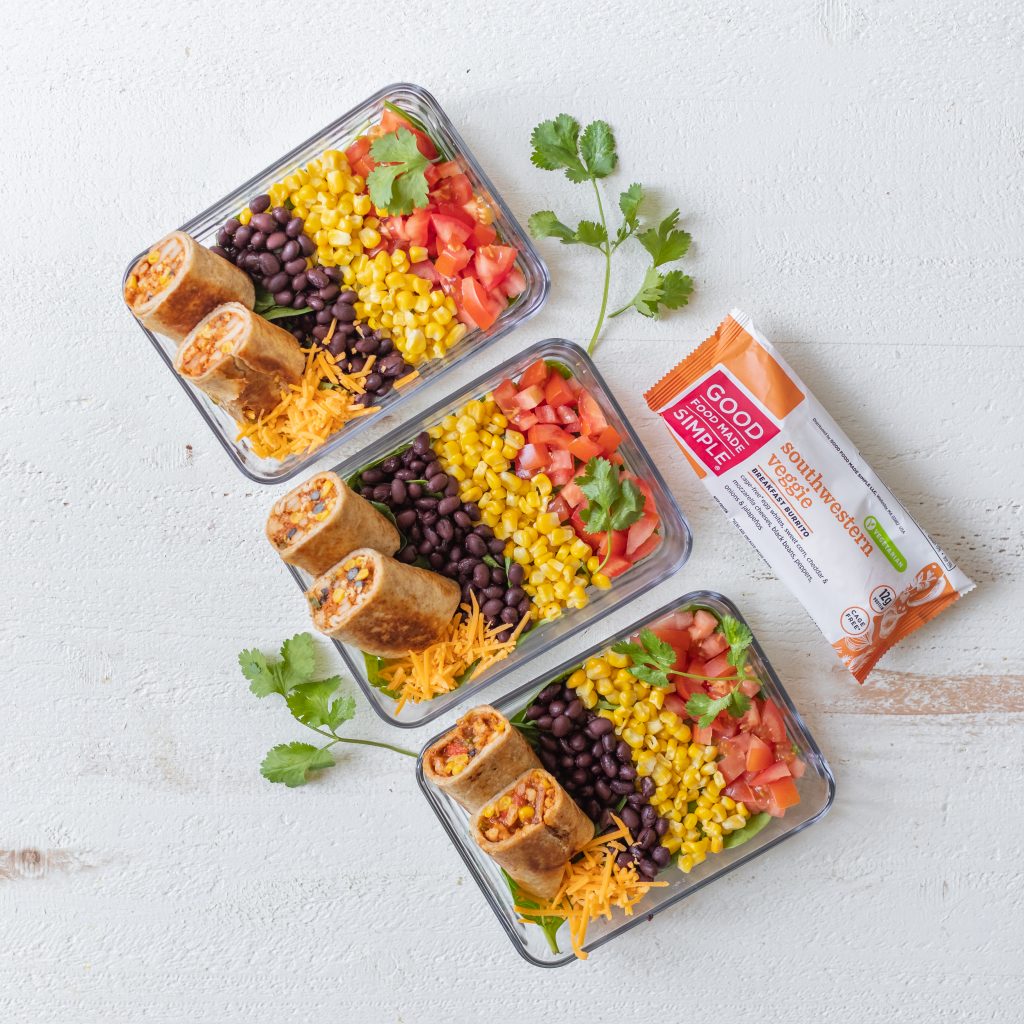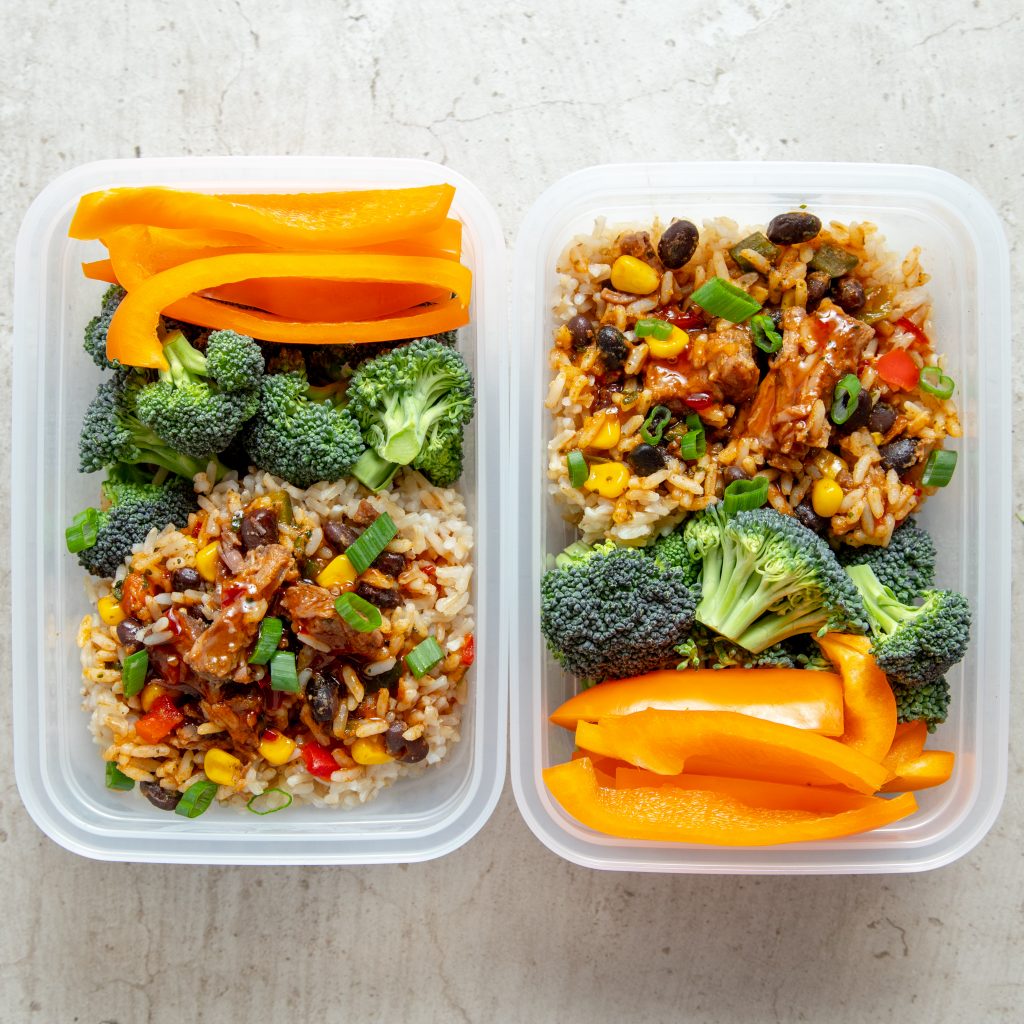When you hear the word ‘breakfast,’ think about what foods come to mind. Is it sugar-loaded cereals, thick pancakes, melt-in-your-mouth french toast, bakery-style muffins, glazed donuts, or creamy yogurt? Is so, then you’re probably used to an Americanized version of breakfast. While these options are delicious, they’re probably filled with about as much sugar as the foods you’re eating for dessert. It’s time we ask the question: is your breakfast really dessert in disguise?
The American Heart Association recommends that women should eat a maximum of 25 grams of added sugars and men 37.5 grams per day. The average American eats upwards of 70 grams of added sugar per day. Those amounts don’t include the sugar you’re getting from natural sources such as fruits, milk, or honey. You’d expect these added sugars to be in your sweet desserts like cakes, brownies, or ice cream but your breakfast might have as much (or even more) sugars as your desserts.
Breakfast or Dessert?
Look no further than America’s breakfast chain restaurants for your indulgent worthy desserts for breakfast. At fast food options, you could pick up a blueberry muffin with 47g of sugar or one chocolate glazed doughnut with sprinkles for 22g. Or there are coffee cake or breakfast loaf options in which one slice has 42g of sugar. It’s not uncommon to see many people order a sugar loaded coffee with one of these breakfast options. A medium frozen coffee can have a whopping 92g of sugar (almost 3x your recommended amount). Your medium coffee flavored frappuccino can have upwards of 50g of sugar. CRAZY!? If you are like many Americans and enjoy a sugary coffee and a blueberry muffin you could have three times the amount of sugar the AHA recommends for breakfast.
If you browse the breakfast selections at your local grocery store, you will see brands pretending to be ‘healthy’ when they have a lot of sugar. Granola is thought to be a healthy option yet the second ingredient is probably sugar and can have 20g in one serving. Yogurt is now accepted as a healthy breakfast option because of its high protein and live cultures of probiotics, yet most are full of added sugar. A serving size of vanilla flavored Greek yogurt might have 13g of sugar. Granola bars are also widely accepted as a quick form of breakfast to grab and eat on-the-go. These ‘healthy’ bars are also loaded with sugar. A honey flavored oat breakfast bar could be packed with 13g of sugar.
A muffin starts to look like a cupcake without the frosting and yogurt will begin to remind you of creamy ice cream when they’re loaded with all of that sugar. Granola bars look more and more like candy bars disguised as a breakfast option. Of course, these breakfast options might be delicious but if eaten on a regular basis would be considered sugar-overload.
Sugar Overload
For a lot of these ‘healthy’ breakfast options, the second ingredient listed is sugar. The order in which the ingredients are listed is required to be listed from the heaviest ingredient usage to the lightest. So when you see sugar listed in the first five ingredients on a product you should question why so much sugar is added. Are these sugary product trying to trick us into being ‘healthy’? The more you start to realize how much sugar is in some of these breakfast options, the more you’ll start to see the parallels between Americanized breakfast options and desserts.
We should be aware of the amount of sugar we’re consuming per day because after a while it will start to take a toll on your body. It can lead to weight gain, heart disease, increases your chance of diabetes, and drains your energy (just to name a few). Sugar is also addictive as it is proven to stimulate the same areas of the brain as drugs of abuse.
How To Cut Back on Sugar
The good news is that once you start to become aware of the sugar content of these breakfast foods you can start to take small steps towards reducing your daily sugar intake.
Option One
Start checking the nutrition label on food in the store or by looking at the restaurant’s website before ordering. This will help you make a more informed decision before you buy. This is the first step in making sure your breakfast isn’t really dessert in disguise.
Option Two
If you decide to opt for another option, try a savory breakfast option. Savory breakfasts are packed with more protein and nutrients. It will also have little to no sugar. While a savory breakfast might take more time and effort than a store-bought muffin it will be more filling. Your body will definitely thank you.
Option Three
If you’re tight on time in the morning there are ways to prevent yourself from reaching for that sugary breakfast option. You could opt for a meal prepped breakfast, by prepping all the food on the weekend. The only thing you’ll need to do during the weekdays is heat it up.
Option Four
Keep nutritious breakfast options in the freezer that only needed to be microwaved. Nowadays freezer food is just as healthy as freshly cooked food and doesn’t require any prep. Try keeping a Scramble Bowl on hand at home or at work so you won’t have to stop by a drive through on your way in and be tempted by those sugary breakfast options.
Option Five
If you do wake up with a sweet tooth, there are ways to fulfill your cravings without overloading on sugar. If you’re craving a blueberry muffin, opt for Blueberry Waffles with only 6g of sugar instead of 47g. Or if you’re craving your local diner’s pancake stack, opt for a quick option like Pancake Puffs for 6g of sugar instead of 20g. Opt for a fruit topping or natural option like pure maple syrup or honey.
If you’re craving a specific sugary breakfast option, your best option is to fulfill that craving. As long as you’re not eating it consistently it’s perfectly fine. It’s okay to indulge occasionally (we all get sugar cravings). But we need to be aware of how much sugar we are eating on a regular basis. From now on you’ll be sure that your breakfast isn’t dessert in disguise.
